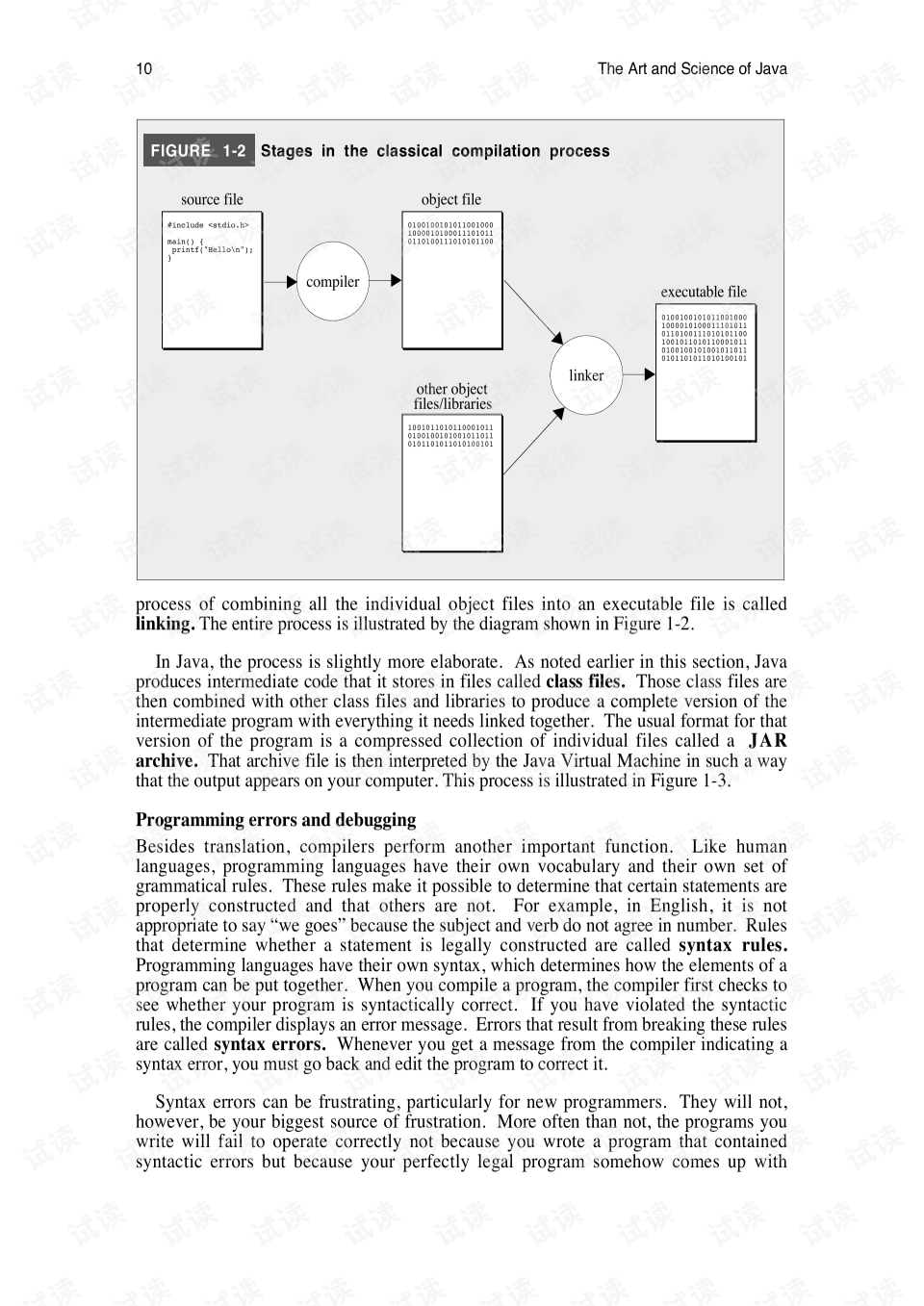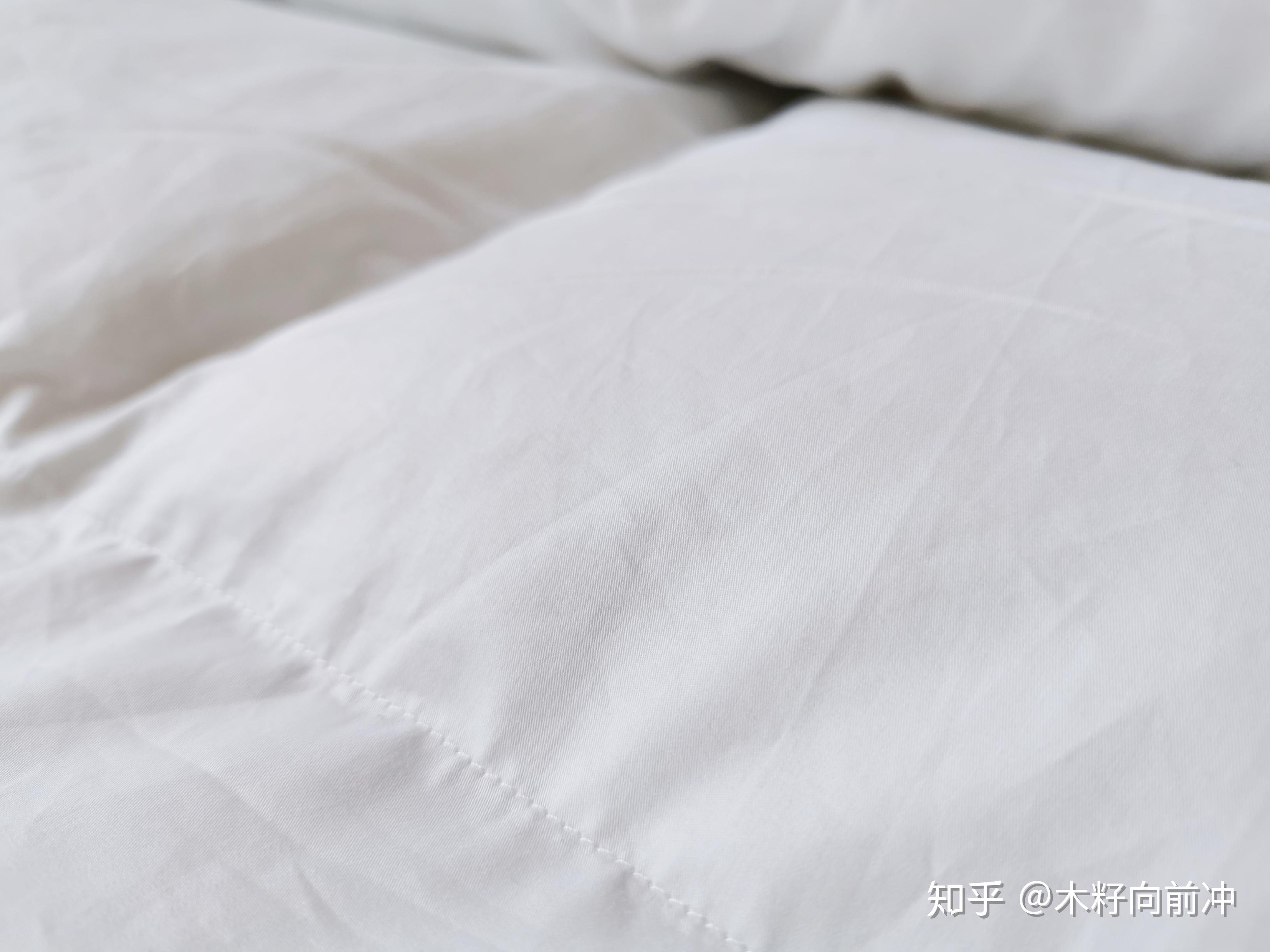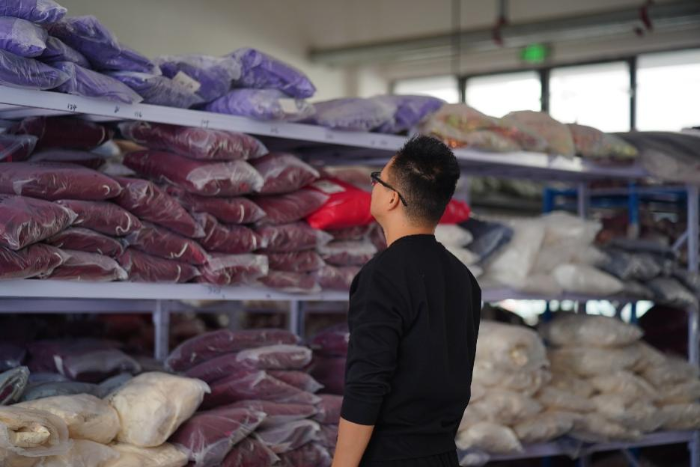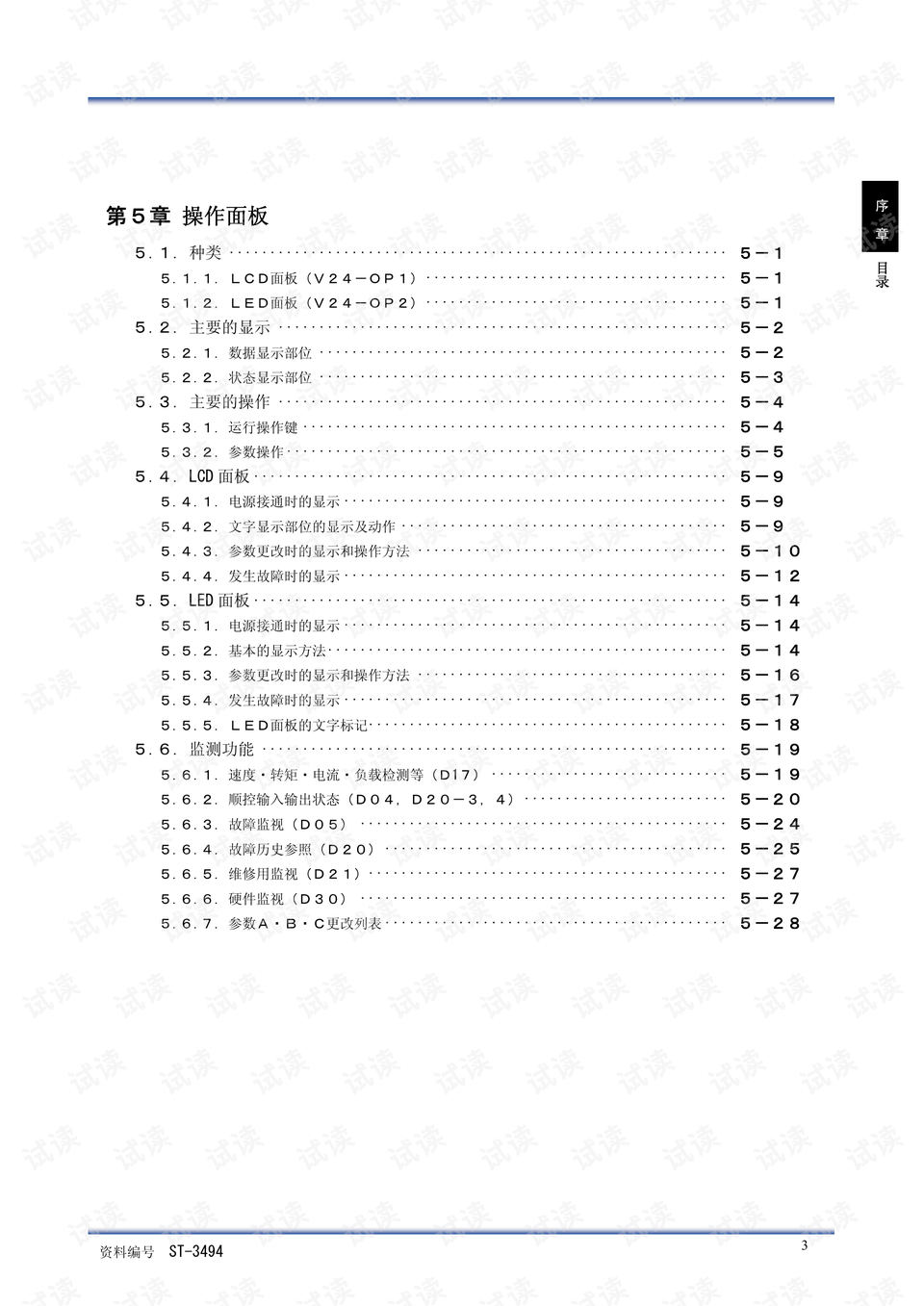Title: The Art and Science of mens Suit Fabrics
The Art and Science of men's suit fabrics is a fascinating topic that delves into the complex interplay between fashion, function, and technology. From the luxurious feel of silk to the durability of wool, there are countless options available for discerning men who want to look their best. However, selecting the right fabric can be a daunting task, especially with so many different factors to consider. Factors such as texture, color, weight, and stretchability all play a critical role in determining the overall quality of a suit. In addition to these basic considerations, there are also more advanced factors to keep in mind, such as water resistance, breathability, and wrinkle resistance. Ultimately, the goal is to find a fabric that not only looks great but also feels comfortable and functional for everyday wear. The world of men's suit fabrics is constantly evolving, with new materials and technologies emerging all the time. As a result, staying up-to-date on the latest trends and developments can be a challenging but rewarding experience for anyone interested in this exciting field. Whether you're looking for a classic black tie suit or something more casual and relaxed, the Art and Science of men's suit fabrics has something to offer for everyone.
Introduction to the Art and Science of Men's Suit Fabrics
In the world of men's fashion, nothing speaks of sophistication quite like a well-crafted suit. The perfect suit can make the wearer feel confident, capable, and put-together, while also making a lasting impression on those around them. At the heart of every great suit lies the fabric from which it is made. In this article, we will explore the intricacies and nuances of different men's suit fabrics, delving into the science behind their creation and the art of selecting the right material for any occasion.
Chapter 1: An Overview of Suit Fabrics

Before we dive into the details of specific types of suit fabrics, it's important to have a general understanding of what makes a good suit fabric. Generally speaking, suit fabrics are classified based on their natural properties, such as durability, flexibility, resistance to wrinkles, breathability, and how they respond to moisture. Some common types of suit fabrics include:
Wool: Wool is one of the most classic and timeless materials for suiting. It is durable, breathable, and resistant to wrinkles. However, wool can be prone to wrinkling, especially in humid environments.
Linen: Linen is another popular choice for suits due to its lightweight feel and easy care. It is also very breathable and can help regulate body temperature. However, linen is not as durable as wool and can become wrinkled more easily.
Suede: Suede is a luxurious option that adds texture and depth to a suit. It is often used for formal occasions or in high-end fashion lines. However, suede can be difficult to clean and may not hold its shape as well as other materials.
Polyester: Polyester is a synthetic material that is widely used for suits due to its affordability and ease of care. It is resistant to wrinkles and can hold its shape well over time. However, polyester does not have the same breathability or natural feel as natural materials like wool or linen.
Chapter 2: The Science of Suit Fabrics

Once you understand the basic properties of different suit fabrics, you can begin to explore the science behind their creation. Many suit fabrics are derived from natural materials like wool or linen through a process known as "tweeding" or "flannelizing". These processes involve twisting or interlocking fibers together to create a unique texture and pattern. Other suit fabrics are man-made synthetic blends that combine different fibers or chemicals to achieve specific qualities. For example, a suit made with a blend of polyester and rayon might have a more comfortable feel than one made entirely from polyester.
Chapter 3: Choosing the Right Suit Fabric
Now that you understand the art and science of suit fabrics, you can begin the process of selecting the right material for your needs. When choosing a suit fabric, consider factors such as:
Comfort: How will the fabric feel against your skin? Will it breathe well in hot weather or cold weather? Is it soft and smooth, or rough and scratchy?
Durability: How long will the fabric last? Will it hold up well over time? Is it easy to care for?
Appearance: What look are you going for? Do you want a sleek and modern look, or a more classic and traditional style? Do you want your suit to stand out in a crowd, or blend in quietly?

Style: What kind of occasion are you wearing the suit for? Is it a business meeting, a wedding ceremony, or a night on the town? Different styles of suits may call for different fabrics.
Budget: How much are you willing to spend? Higher-end materials like wool or cashmere can be more expensive than synthetic blends like polyester or rayon. However, investing in a quality suit fabric can pay off in the long run by ensuring that your suit lasts many years and looks great even after multiple wears.
Conclusion: Crafting the Perfect Suit with Care
A well-crafted suit can make all the difference in how you present yourself to the world. By understanding the art and science of men's suit fabrics, you can choose the right material for your body type, lifestyle, and personal style. Whether your goal is to make a bold statement or blend in seamlessly with your surroundings, a carefully selected suitfabric can help you achieve just that. So go ahead, indulge your inner fashionista, and take the first step towards creating a wardrobe that reflects your unique personality and style.
Articles related to the knowledge points of this article:
Customized Jackets: The Fashionable and Practical Choice for Winter
Title: The Taboos of Sending Ties: A Comprehensive Guide
Title: Understanding the Prices of Real Silk Scarves
Unveiling the Enigmatic Allure: The Enchanting World of Womens Scarves



